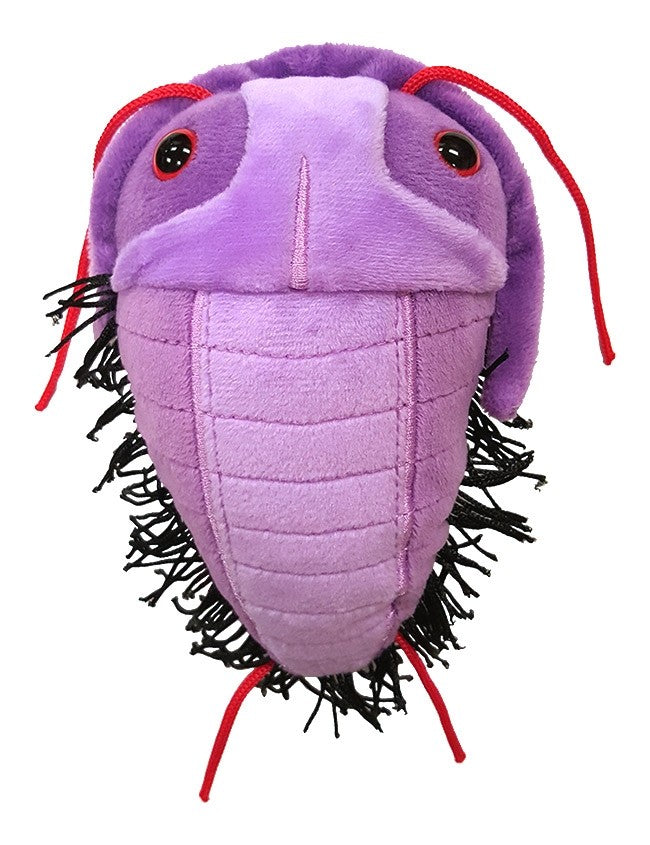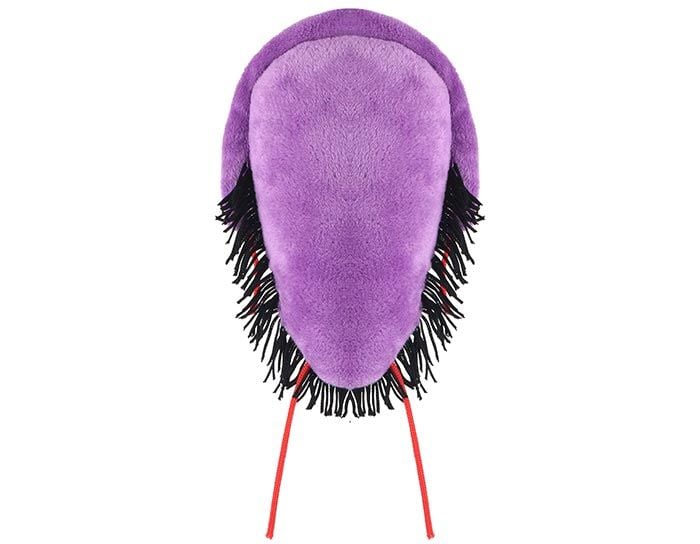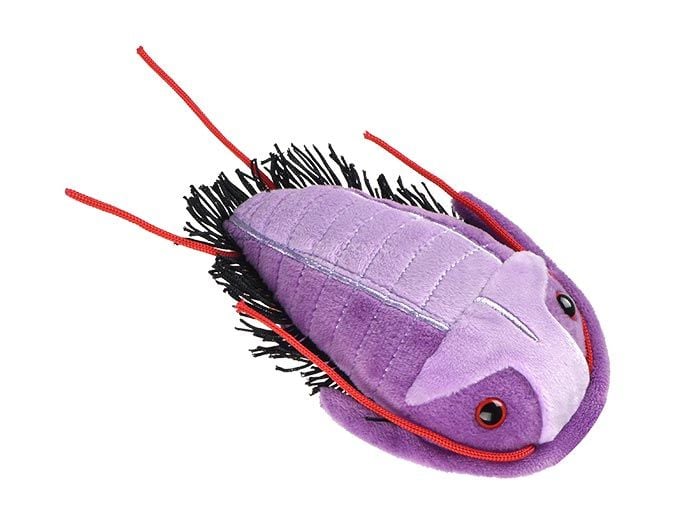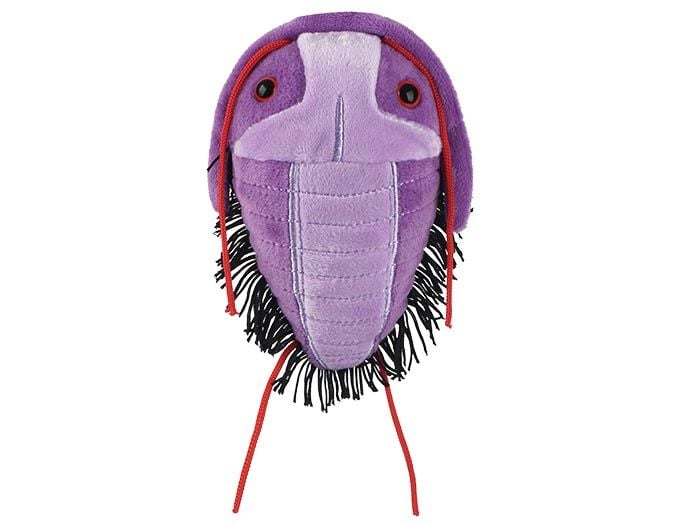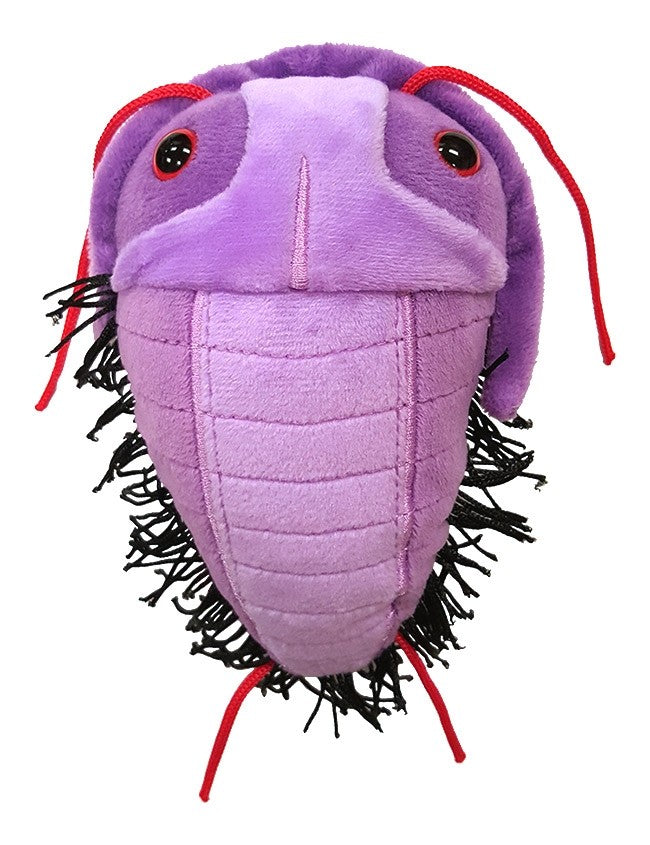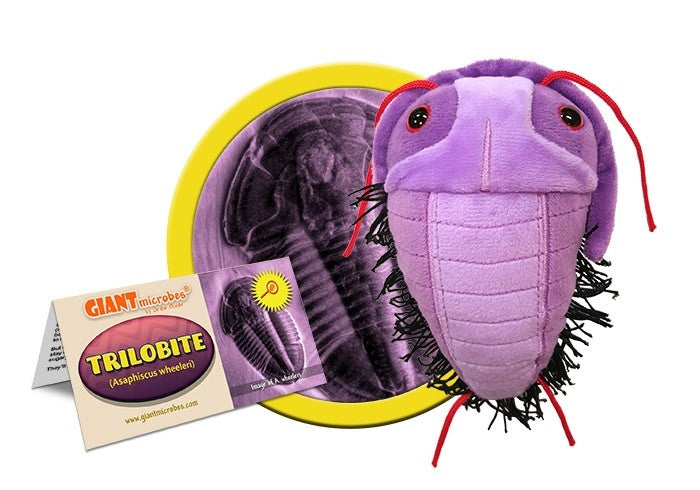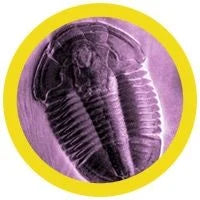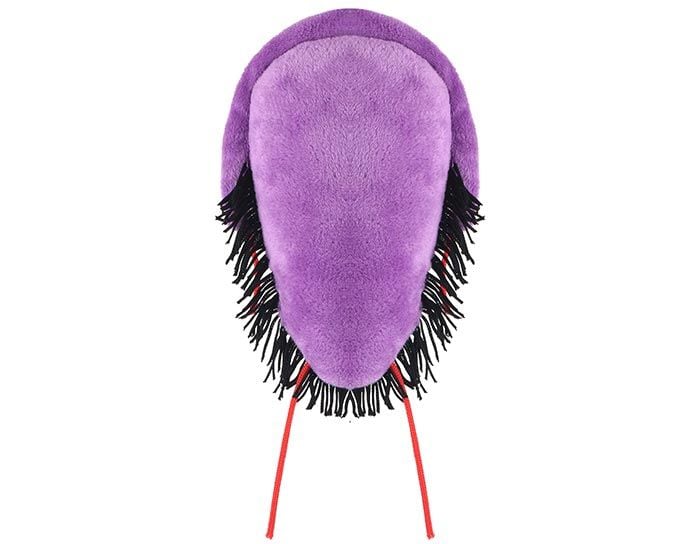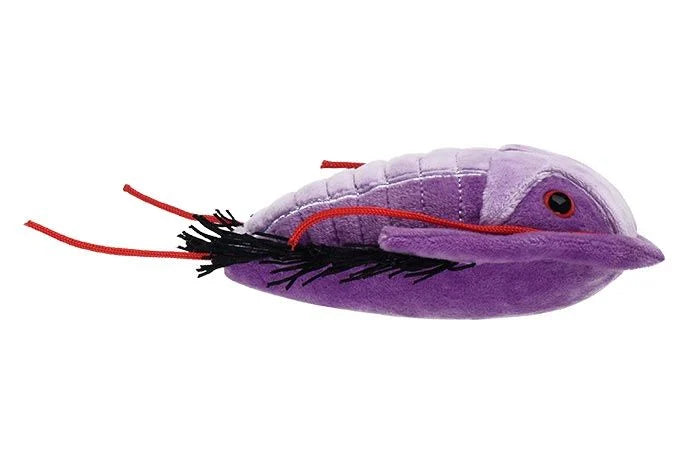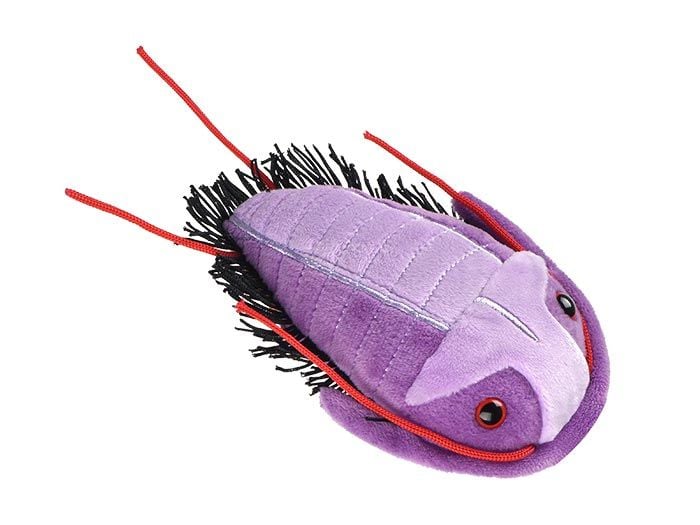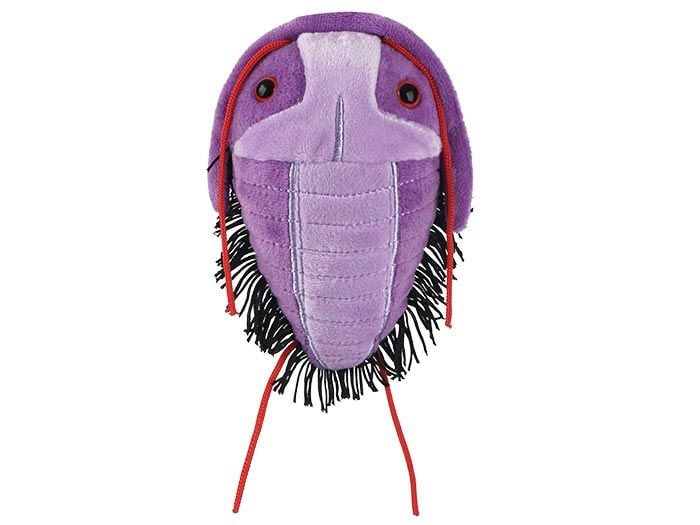Trilobite (Asaphiscus Wheeleri)
Trilobite (Asaphiscus Wheeleri)
Couldn't load pickup availability
Trilobites were wonderful creatures that went extinct before dinosaurs ever lived! They were arthropods that evolved over 500 million years ago in the Earth's ancient seas. Today, trilobites are favourites among fossil hunters and collectors.
And if you’ve been hunting for a delightful, unique trilobite to call your own, then you’ll certainly want to collect this wonderful plush critter.
All About Trilobite (Asaphiscus Wheeleri)
FACTS: Trilobites were wonderful creatures that went extinct before dinosaurs ever lived! They were arthropods that evolved over 500 million years ago in the Earth's ancient seas. Trilobites were one of the most successful early animals on the planet, thriving for about 300 million years. They are a signature creature of the Paleozoic Era, when complex life forms began to proliferate, including most invertebrate groups as well as fish and reptiles. The Paleozoic Era ended by the greatest mass extinction ever in geological history when some 95% of all marine species went extinct, including the trilobites. But lucky for us, trilobites are the most diverse group of animals preserved in the fossil record.
During their reign, trilobites evolved into over 20,000 species. The smallest was under 1 cm, while some grew to 0.5 meter (over 1 foot). Trilobites are distant relatives of lobsters and spiders. They are named for the three axial lobes that divide their body length-wise. They were likely the first life forms to have complex eyes and some types had hundreds of lenses per eye. Due to their hard exoskeletons trilobites left an excellent fossil record. Even prehistoric people loved trilobite fossils and they used them to make amulets. Today, trilobites are favorites among fossil hunters and collectors. Their beautiful and recognizable fossils are found in rocks all over the globe. So be on the lookout for trilobites in your backyard!
| NAME | The name Trilobite stems from the Latin. “Tri” means three and “lobos” means lobes. They named this microbe so because of the way its body is divided into three lobes. |
|---|
| ACTUAL SIZE | Size ranges from 1mm-72cm. |
|---|
| WHERE IT LIVES | These tiny, extinct animals are found in fossilized form all around the world. It is difficult to track their former habits because the places fossils are discovered today are almost opposite to what they were in Lower Cambrian Period the when trilobites were alive. Oceans have become deserts and land that was covered in tropical rainforests are now covered in snow. However, trilobites are most commonly found in marine environments near the equator and even in some polar regions. |
|---|
| HISTORY | These creatures are extinct arthropods. They are distinct relatives of modern lobsters, horseshoe crabs, and spiders. They lived on the sandy bottom of shallow marine environments eating detritus and scavenging for food. Fossils show that they would burrow into sediment to hide from predators. They began declining in population when the world transitioned into an Ice Age but what really triggered the extinction was an event that eliminated almost 95% of life on Earth 290 million years ago. |
|---|
| FASCINATING FACTS | Ohio, Wisconsin, and Pennsylvania have made Trilobites their official state fossil. Long before Europeans first set foot on the continent, a tribe called the Utah, gathered Cambrian trilobites. Believing that the fossils harbored special powers, the natives carried them around as protective charms and used them as amulets. Trilobites were probably the first life forms with complex eyes, with some species having hundreds of individual lenses per eye. |
|---|
